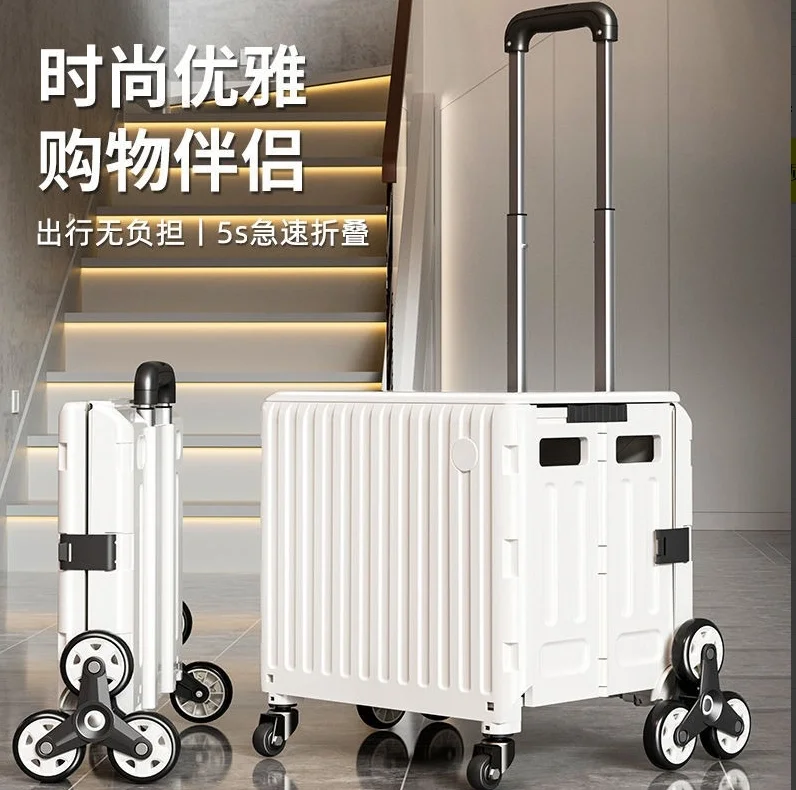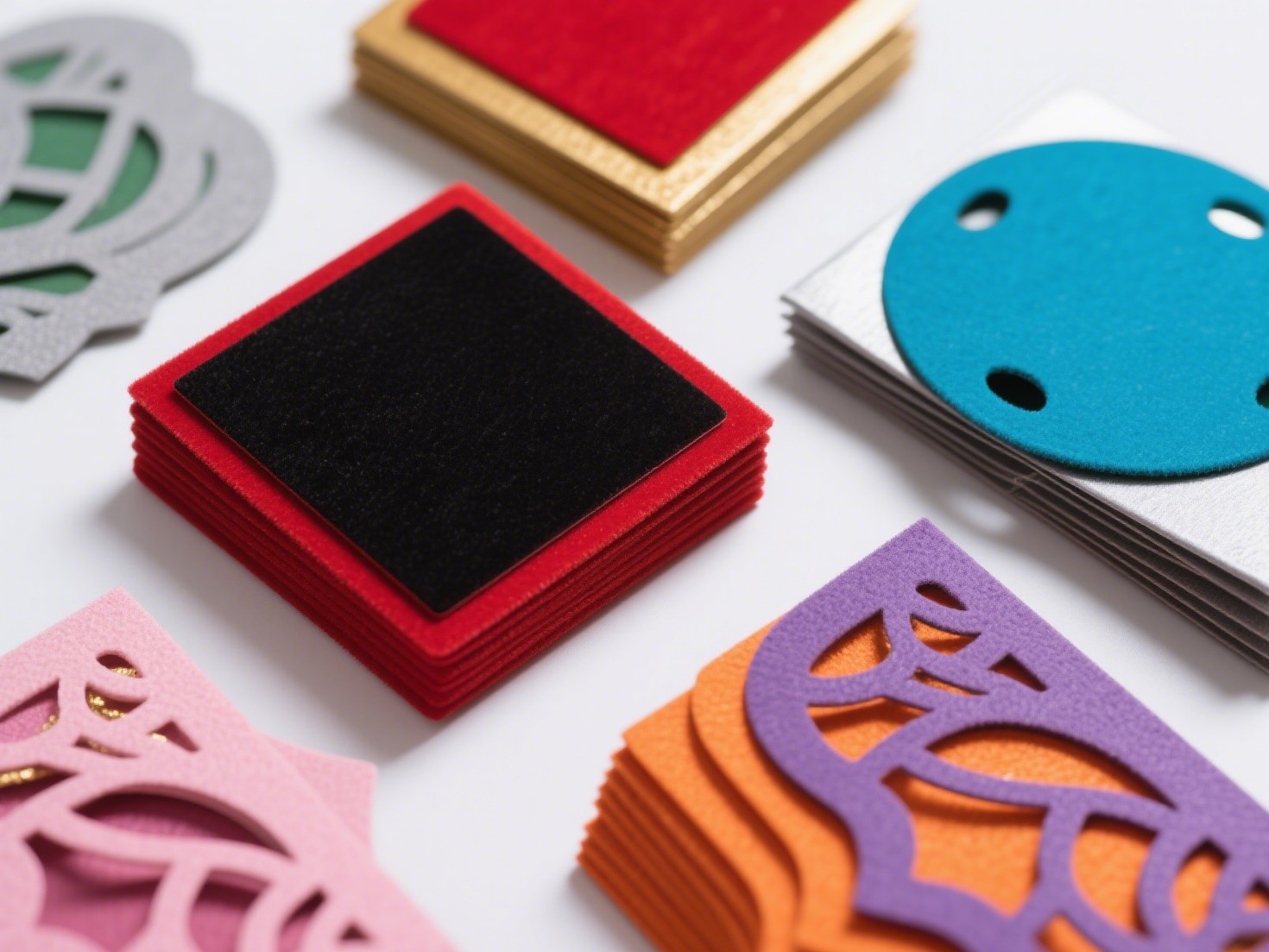In the realm of modern architecture, cladding plays a pivotal role in both aesthetics and functionality. As the outer layer of a building, cladding not only enhances visual appeal but also provides essential protection against environmental elements. With a myriad of materials available, understanding the most common types of cladding is crucial for architects, builders, and homeowners alike. This article delves into the various types of cladding, their benefits, and considerations for selection, ensuring you are well-informed for your next construction or renovation project.
Understanding Cladding: More Than Just a Facade
Cladding serves multiple purposes beyond mere decoration. It acts as a protective barrier against weather conditions, contributes to energy efficiency, and can even improve acoustic performance. The choice of cladding material can significantly influence a building's overall performance, sustainability, and maintenance requirements.
The Most Common Types of Cladding
- Vinyl Cladding
- Overview: Vinyl cladding is one of the most popular choices for residential buildings. Made from polyvinyl chloride (PVC), it is known for its durability and low maintenance.
- Benefits: It is available in a variety of colors and styles, mimicking the appearance of wood or other materials without the associated upkeep. Vinyl cladding is resistant to rot, insects, and fading, making it an ideal choice for various climates.
- Considerations: While it is cost-effective, vinyl can be less environmentally friendly than other options, as it is derived from petroleum products.
- Wood Cladding
- Overview: Wood cladding offers a natural aesthetic that is hard to replicate. Common types include cedar, redwood, and pine.
- Benefits: Wood provides excellent insulation and can be treated to enhance its durability. It is also biodegradable, making it a more sustainable option when sourced responsibly.
- Considerations: Wood requires regular maintenance, including staining and sealing, to protect against moisture and pests. It is also susceptible to warping and fading over time.
- Metal Cladding
- Overview: Metal cladding, often made from aluminum or steel, is increasingly popular in commercial and industrial buildings.
- Benefits: It is highly durable, fire-resistant, and can be recycled, contributing to sustainability efforts. Metal cladding can also be designed in various finishes, providing a modern and sleek appearance.
- Considerations: While it requires minimal maintenance, metal can be prone to denting and may require insulation to prevent heat transfer.
- Brick and Stone Cladding
- Overview: Brick and stone cladding are traditional materials that offer timeless appeal and durability.
- Benefits: These materials provide excellent thermal mass, helping to regulate indoor temperatures. They are also fire-resistant and require little maintenance.
- Considerations: The installation process can be labor-intensive and costly. Additionally, the weight of brick and stone may require additional structural support.
- Fiber Cement Cladding
- Overview: Fiber cement is a composite material made from cement, sand, and cellulose fibers. It has gained popularity for its versatility and durability.
- Benefits: Fiber cement is resistant to fire, rot, and pests, making it a long-lasting option. It can be designed to mimic wood, stucco, or masonry, offering a wide range of aesthetic choices.
- Considerations: While it is low maintenance, fiber cement can be heavy and may require professional installation.
Factors to Consider When Choosing Cladding
When selecting the most suitable cladding for your project, several factors should be taken into account:
- Climate: Different materials perform better in specific weather conditions. For instance, vinyl may be ideal in humid areas, while metal may be better suited for regions with extreme temperatures.
- Budget: The cost of materials and installation can vary significantly. It’s essential to balance your budget with the desired aesthetic and performance characteristics.
- Maintenance: Consider how much time and resources you are willing to invest in maintaining the cladding over its lifespan.
- Sustainability: With growing environmental concerns, opting for sustainable materials can enhance your building’s eco-friendliness and appeal.
Conclusion: Making an Informed Choice
In conclusion, the most common types of cladding—vinyl, wood, metal, brick, stone, and fiber cement—each offer unique benefits and considerations. Understanding these materials' characteristics can help you make an informed decision that aligns with your architectural vision, budget, and environmental goals. As the construction industry continues to evolve, staying abreast of cladding options will empower you to create structures that are not only visually stunning but also functional and sustainable. Whether you are an architect, builder, or homeowner, the right cladding choice can elevate your project to new heights.


